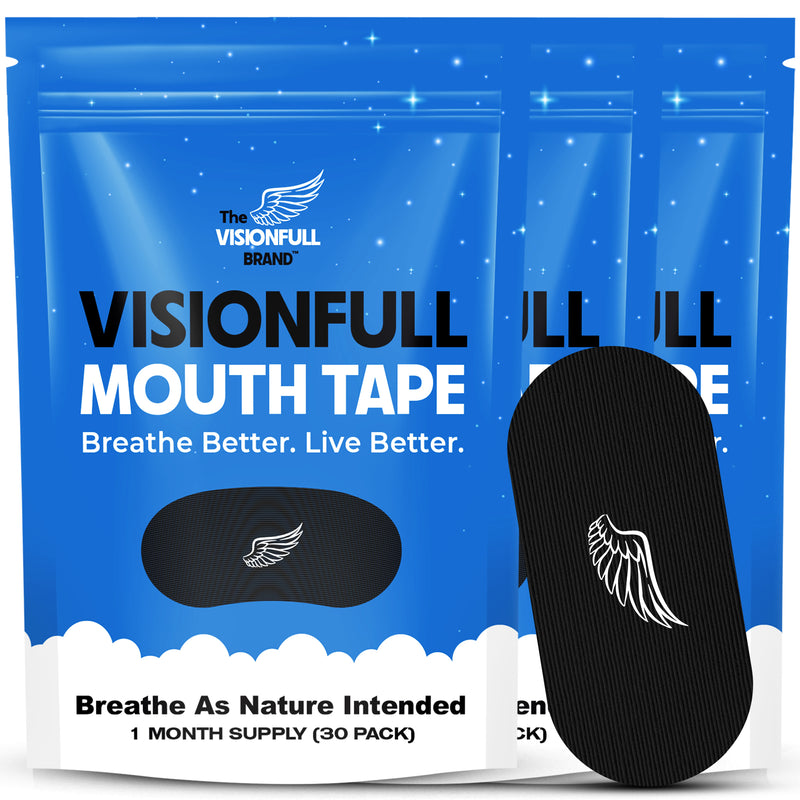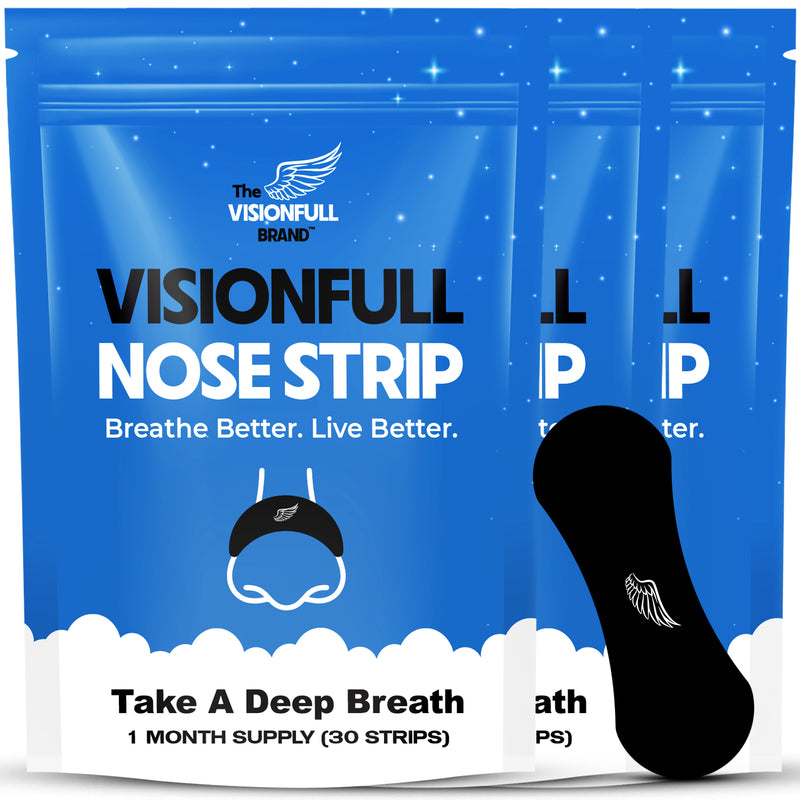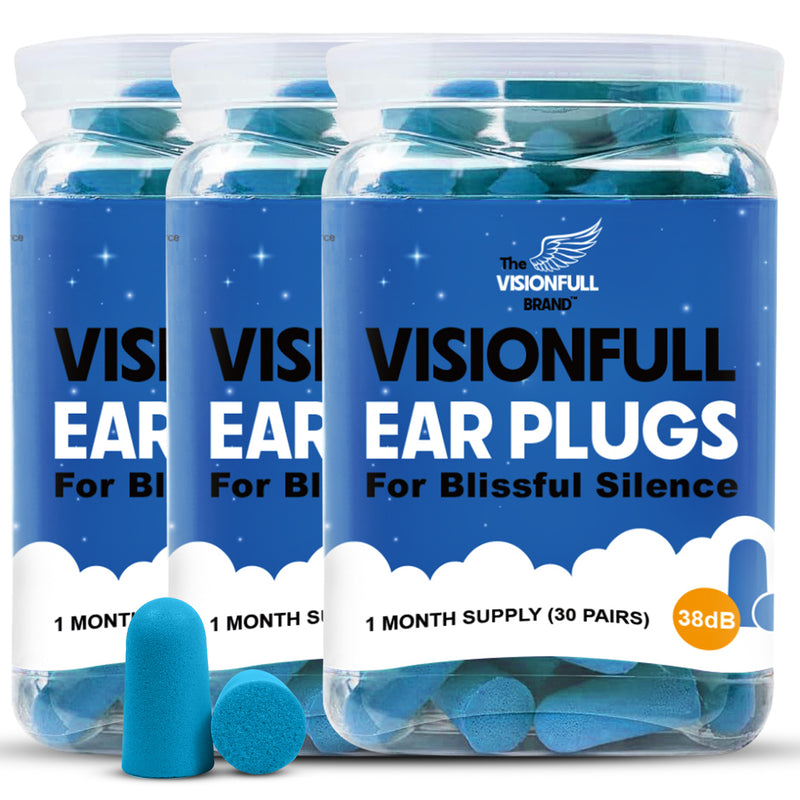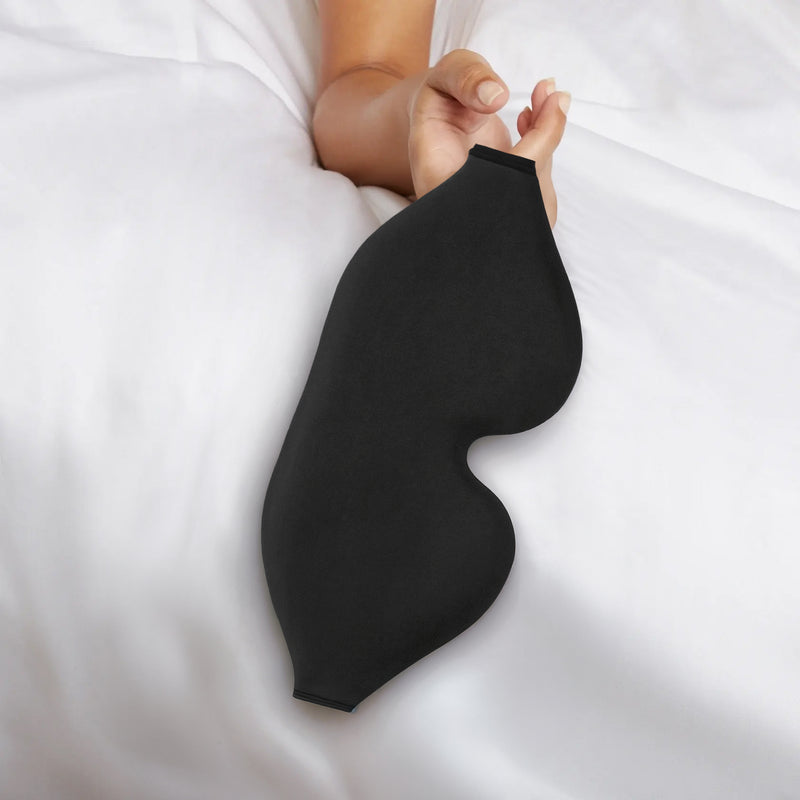Struggling to get a good night's sleep with a stuffy nose can be incredibly frustrating, whether it's due to seasonal allergies, a cold, or dry air. This comprehensive guide will provide you with practical, step-by-step solutions to alleviate nasal congestion and help you sleep soundly. From natural remedies to effective home treatments, discover the best ways to clear your nasal passages and enjoy restful, uninterrupted sleep.
Why Is Sleeping With a Stuffy Nose So Difficult?
Sleeping with a stuffy nose is challenging because nasal congestion obstructs the airflow through your nasal passages, forcing you to breathe through your mouth. This can lead to a dry mouth and throat, making it uncomfortable to sleep. Additionally, lying down can exacerbate congestion as gravity causes mucus to pool in the nasal passages, further blocking airflow and reducing blood flow. The discomfort and difficulty in breathing can disrupt your sleep cycle, leading to frequent awakenings and poor sleep quality. This lack of restful sleep can leave you feeling fatigued and irritable the next day, making it crucial to find effective ways to alleviate nasal congestion for a better night's rest.
How To Sleep With a Stuffy Nose: Step-by-Step
Step 1: Use a Humidifier
Adding moisture to the air with a humidifier can help soothe irritated nasal passages and reduce congestion. Place a humidifier in your bedroom and run it throughout the night to maintain optimal humidity levels. This can prevent your nasal passages from drying out and make it easier to breathe.
Step 2: Try Nasal Strips
Nasal strips can provide immediate relief by physically opening up your nasal passages. These adhesive strips are placed across the bridge of your nose and work by gently lifting the sides of your nose, allowing for better airflow. This can significantly reduce congestion and help you breathe more easily while you sleep.
Step 3: Apply a Warm Compress
A warm compress can help loosen mucus and reduce nasal congestion. Soak a clean cloth in warm water, wring it out, and place it over your nose and forehead for several minutes. The warmth will help open up your nasal passages and provide relief from congestion.
Step 4: Elevate Your Head
Sleeping with your head elevated can prevent mucus from pooling in your nasal passages. Use an extra pillow or a wedge pillow to keep your head raised while you sleep. This position can help reduce congestion and make it easier to breathe through your nose.
Step 5: Use Saline Nasal Spray
Saline nasal spray can help moisturize your nasal passages and thin out mucus, making it easier to clear your nose, especially if you have an allergy. Use the decongestant spray before bed to reduce congestion and improve airflow. Saline sprays are safe and can be used multiple times a day if needed.
Step 6: Stay Hydrated
Drinking plenty of fluids throughout the day can help thin mucus, maintain hydration, and reduce congestion, which is especially important if you're dealing with the flu. Aim to drink water, herbal teas, and clear broths to stay hydrated. Avoid caffeinated and alcoholic beverages, as they can dehydrate you and worsen congestion, which may also exacerbate acid reflux.
Step 7: Avoid Allergens
If allergies are causing your stuffy nose, take steps to minimize your exposure to allergens. Keep your bedroom clean, use allergen-proof bedding, and avoid bringing pets into your sleeping area. Consider using an air purifier to remove allergens from the air.
Step 8: Try Mouth Tape for Sleep
Mouth tape for sleep can help encourage nasal breathing by gently keeping your mouth closed while you sleep. This can be particularly helpful if you tend to breathe through your mouth due to nasal congestion. Use a specially designed mouth tape that is safe for the skin and easy to remove in the morning.
Step 9: Practice Steam Inhalation
Inhaling steam can help open up your nasal passages and reduce congestion. Fill a bowl with hot water, place a towel over your head, and lean over the bowl to inhale the steam. Do this for several minutes before bed to help clear your nasal passages.
Step 10: Use Essential Oils
Certain essential oils, such as eucalyptus and peppermint, can help relieve nasal congestion. Add a few drops of essential oil to a diffuser or a bowl of hot water and inhale the vapors. You can also apply diluted essential oils to your chest or the bottom of your feet for added relief.
What Sleeping Position Helps a Stuffy Nose?
Sleeping with your head elevated is one of the best positions to help alleviate a stuffy nose. By propping up your head with an extra pillow or using a wedge pillow, you can prevent mucus from pooling in your nasal passages, which often exacerbates congestion when lying flat. This elevated position helps gravity work in your favor, allowing mucus to drain more effectively and reducing the pressure in your sinuses. Additionally, sleeping on your back with your head elevated can promote better airflow and make it easier to breathe through your nose, leading to a more restful and uninterrupted sleep.
Should You Take a Warm Shower or Use Steam Inhalation Before Bed?
Taking a warm shower or using steam inhalation before bed can both be highly effective in relieving nasal congestion and promoting better sleep. A warm shower not only helps to relax your muscles and prepare your body for sleep, but the steam can also open up your nasal passages, making it easier to breathe. Similarly, steam inhalation involves breathing in warm, moist air, which can loosen mucus and reduce congestion. Both methods work by hydrating and soothing the nasal passages, but a warm shower has the added benefit of providing overall relaxation. Ultimately, the choice between a warm shower and steam inhalation depends on your personal preference and convenience, as both can significantly improve your ability to sleep with a stuffy nose.
Breathing Techniques To Help Blocked Nose
If you have a blocked nose, try these 5 breathing techniques:
- Diaphragmatic Breathing: Also known as belly breathing, this technique involves breathing deeply into your diaphragm rather than shallowly into your chest. Place one hand on your chest and the other on your abdomen. Inhale deeply through your nose, allowing your abdomen to rise, then exhale slowly through your mouth. This can help reduce nasal congestion by promoting relaxation and improving airflow.
- Alternate Nostril Breathing: This yoga technique, also known as Nadi Shodhana, involves breathing through one nostril at a time to balance airflow and clear nasal passages. Close your right nostril with your thumb, inhale deeply through your left nostril, then close your left nostril with your ring finger and exhale through your right nostril. Repeat the process, alternating nostrils.
- Buteyko Breathing Method: This method focuses on reducing hyperventilation and improving nasal breathing. Sit comfortably and take a small breath in through your nose, followed by a small breath out. Hold your breath by pinching your nose and nodding your head up and down until you feel a strong urge to breathe. Release your nose and breathe normally through your nose. This can help reduce nasal congestion and improve overall breathing patterns.
- Pursed Lip Breathing: This technique helps to slow down your breathing and improve oxygen exchange. Inhale slowly through your nose for two counts, then purse your lips as if you are going to whistle and exhale slowly and gently for four counts. This can help keep your airways open and reduce the feeling of congestion.
- Humming Breath: Humming while exhaling can create vibrations that help open up your nasal passages. Inhale deeply through your nose, then hum as you exhale slowly and steadily. The vibrations from humming can help loosen mucus and improve airflow, making it easier to breathe through your nose.

Conclusion
Finding effective ways to sleep with a stuffy nose can significantly improve your overall well-being and quality of life. By incorporating practical solutions such as using a humidifier, trying nasal strips, applying a warm compress, and practicing specific breathing techniques, you can alleviate nasal congestion and enjoy a restful night's sleep. Whether you prefer natural remedies or lifestyle adjustments, the key is to find what works best for you and remain consistent in your approach. With these step-by-step strategies, you can overcome the challenges of a stuffy nose and wake up feeling refreshed and ready to embrace the day.
Final Thoughts
Discover the future of sleep with The Visionfull Brand. Our expertly designed products, including mouth tape, nose tape, and ear plugs, are dedicated to enhancing your comfort and support throughout the night. Wake up feeling more energized, focused, and ready to seize the day with our innovative solutions. Experience the Visionfull difference now.
Sources




